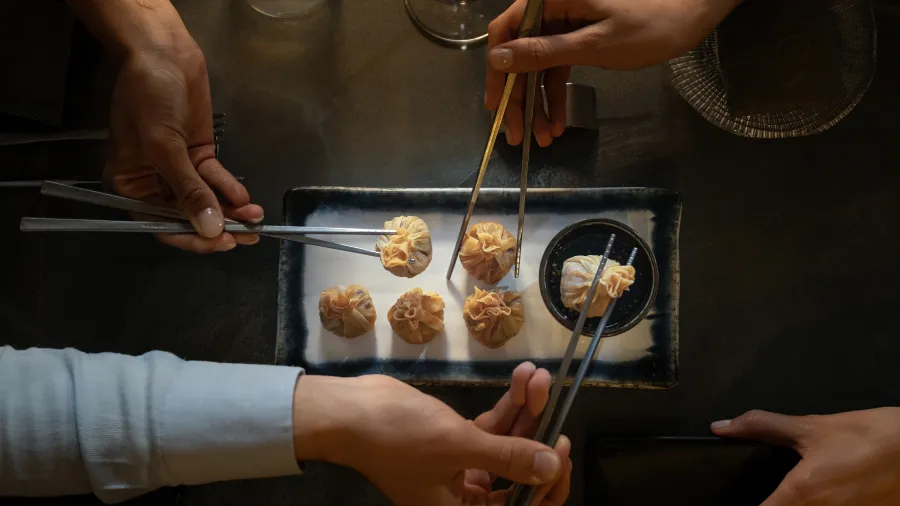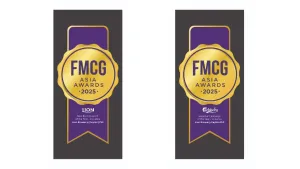
Chinese fine dining finds its next course in Singapore
The city-state’s high spending power and big Chinese commune make it an ideal entry point.
Singapore, which is home to a vibrant Chinese community and has a strong appeal to expatriates, has emerged as a key destination for Chinese food and beverage (F&B) brands seeking to expand globally, amidst a decline in luxury spending on the Mainland.
“Luxury spending is on a downward trend in China, including in the fine dining sector,” Joceline Yong, a Singapore-based analyst from consumer consultancy Canvas8, told Retail Asia.
The number of fancy restaurants in cities like Shanghai has been halved to 1,300, Yong said, as lacklustre job figures and a prolonged property crisis take their toll on consumer confidence. “Chinese fine dining F&B brands are thus looking towards overseas expansion to offset the challenges they are facing in China’s domestic market.”
Singapore’s status as a business hub, coupled with its safety, governance, and popularity amongst Chinese expatriates and locals, makes it an ideal entry point, Yong said.
“More Chinese companies have come to Singapore, especially in the last five years,” Joongshik Wang, Asia-Pacific leader at EY-Parthenon, told Retail Asia. “Singapore provides the most transparent and business-friendly environment in the world, with tax benefits and government support to help companies grow in the region.”
He added Singapore’s financial, logistical, and cultural advantages make it an attractive base for companies seeking to expand in the region.
Singapore's high spending power and growing Chinese community make it an ideal market for testing new products, Savills Singapore Pte Ltd said in a report in August.
In 2022, the expansion of Chinese F&B brands accelerated as the market recovered from the pandemic, Savills said. Following the success of Chinese hotpot chains, brands that specialise in hot and fragrant pots — known for their spicy and numbing flavors from Sichuan peppercorns and chili peppers — have become more popular in Singapore.
Chinese coffee and tea brands like Heytea, Mixue, CHAGEE, and Luckin Coffee are also rapidly expanding in the city-state.
Its large Chinese population also plays a crucial role in the success of Chinese F&B brands, Wang said, noting that 70% to 80% of Singaporeans are of Chinese descent. “Singaporean lifestyle and expectations on products are always top-notch, which means Chinese brands can test their quality and brand power in Singapore.”
He noted that if a Chinese F&B brand succeeds in Singapore, it is likely to appeal to the broader Chinese community across Southeast Asia, which has 700 million people.
Yong added that Chinese F&B brands could hire Chinese-speaking staff in the city-state, whose strong base of ultra-rich people and corporate clientele generates demand for an upscale dining experience.
Standing out
Still, Chinese fancy restaurants face stiff competition from both local and regional rivals, along with a manpower shortage and high operational costs. “Diners in Singapore have a wide range of choices, so brands must offer a compelling, differentiated experience,” she added.
To stand out in Singapore’s competitive food scene, Chinese fine dining brands offer a distinctive experience for local and expatriate tastes, Yong said.
Yong Fu has introduced the lesser-known Ningbo cuisine, whilst KUN has reimagined Sichuan flavours with an omakase-style dining experience, diverging from the communal meals typical of Singapore cuisine.
“Chinese fine dining F&B concepts like Yong Fu and KUN that have recently entered Singapore’s dining scene are standing out by offering a unique, exclusive, and novel experience for diners,” Yong said.
“Brands like Chamoon Hotpot have launched Singapore-exclusive items like a mala broth and KUN has likewise adapted some of its dishes to suit local palates, but the heart of the brand’s offerings still needs to tie back to its roots,” she added.
Chinese food and beverage brands should prioritise authenticity, exclusivity, and premium quality to sustain growth, Yong said.
They also should distinguish themselves through cultural heritage.
They also need a thoughtful pricing strategy, as rising operational costs have prompted several fine dining brands to shift to more casual, lower-priced options. “Brands will need to ensure that they offer pricing options that are palatable and perceived as providing sufficient value for money to diners.”

















 Advertise
Advertise





